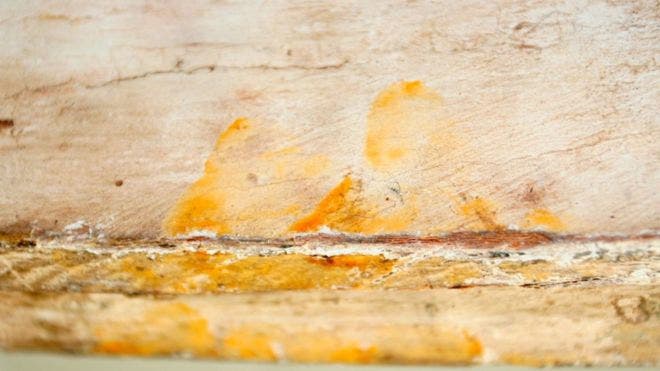When archaeology meets forensics – a team of British researchers has found three thousand year old fingerprints on the lid of an Egyptian coffin.

The discovery was made at the Fitzwilliam Museum in Cambridge, England. Scientists believe the fingerprints belong to the craftsmen who worked on the coffin before the varnish dried, and this helped with the preservation. The prints were “one of many small details that bring us closer to the ancient craftsmen,” a spokeswoman said. The coffin belongs to the priest Nespawershefyt, an important official at the temple of Amun at Karnak who lived around 990-940 BC. At this period people no longer had elaborately decorated tomb chapels, choosing to put the decoration on the coffins instead.
The discovery was actually made in 2005, but further studies have been done since, including radiographs on mummies.
“The inner coffin box of the Nes-Amun set is made up of a multitude of pieces of wood, including sections from at least one older coffin. Evidence of re-use includes cuts across old dowel holes, patching to change the profile of the coffin sides and a number of places where old mortise holes have been filled in and new ones cut beside them. Wood was a precious commodity and the craftsmen were incredibly skilled at making these complex objects from sometimes unpromising starting materials. The radiographs and scans also reveal how people tried to restore or preserve the coffins in the past. Some parts of Nespawershefyt’s coffins are held together with 19th century ironmongery. Without these old repairs the coffins might not have survived so well, but they are quite intrusive on the original object and have rusted into the wood in places, causing damage.”
The Fitzwilliam Museum hosts one of the largest Egyptian collections in the world, hosting more than 17,000 Egyptian artefacts, ranging from household objects to writings and statuettes of animal-headed gods. Visitors can examine this collection for free at the museum, and can even have a look at the millennia-old fingerprints also for free.
Was this helpful?



